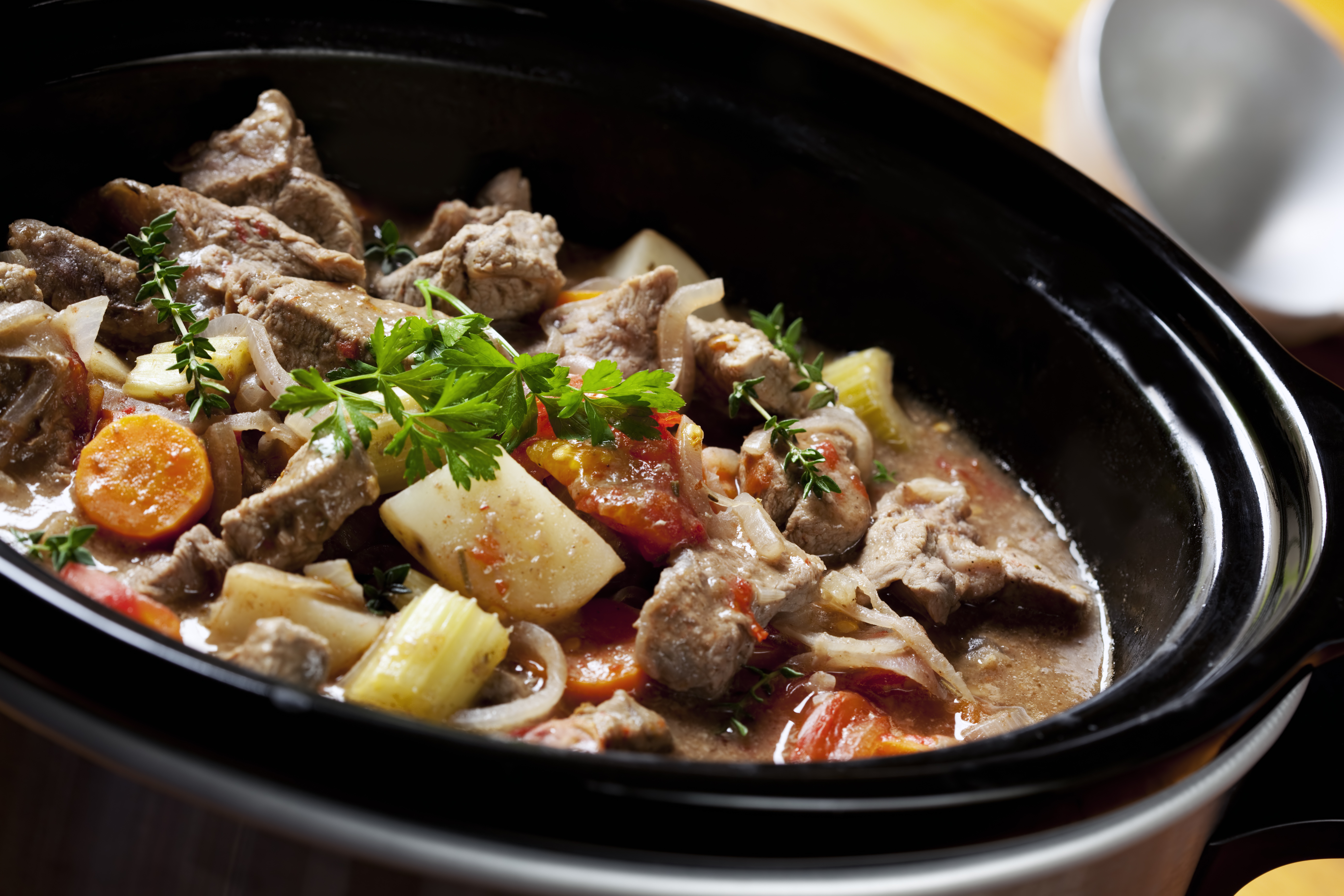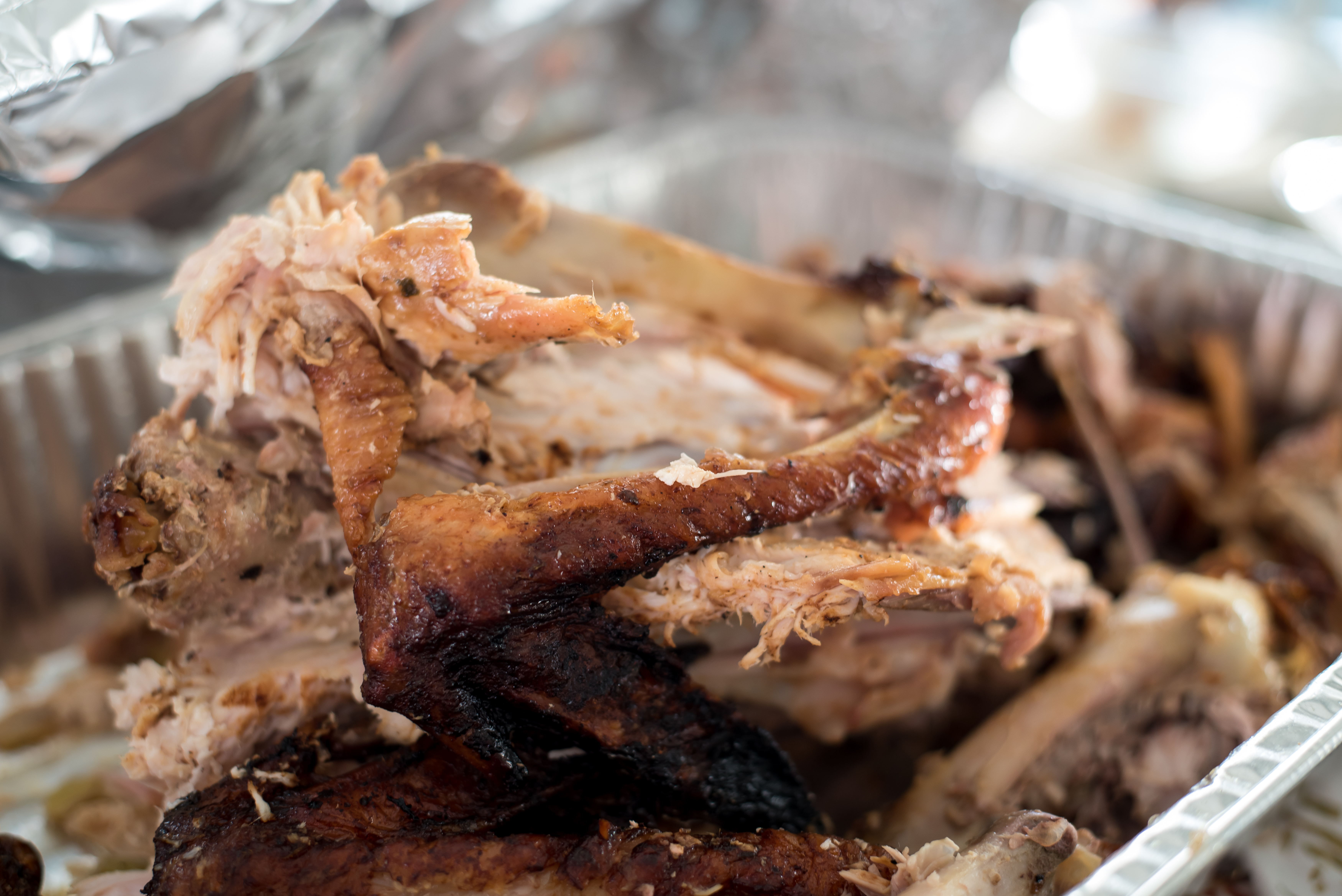
Tailgating Food Safety Q & A

Keeping food safe at a tailgate gathering requires the same safe food handling practices as picnicking outdoors because a refrigerator and running water are probably not available. Include lots of clean utensils for preparing and serving the safely cooked food. In addition to a grill and fuel for cooking food, pack a food thermometer to be sure the meat and poultry reach a high enough temperature to destroy any harmful bacteria that may be present.
Q. Several of us are planning a tailgate party. How can we handle the foods safely?
A. Keeping food at a safe temperature between home, a store or restaurant, and the tailgate location helps prevent foodborne illness. Follow these tips from the U.S. Department of Agriculture (USDA) to ensure that your food stays safe.
- Carry cold perishable food like raw hamburger patties, sausages, and chicken in an insulated cooler packed with several inches of ice, frozen gel packs, or containers of ice.
- Place an appliance thermometer in the cooler so you can check to be sure the food stays at 40 °F or below.
- When packing the cooler for an outing, be sure raw meat and poultry are wrapped securely to prevent their juices from cross-contaminating ready-to-eat food.
- Perishable cooked food such as luncheon meat, cooked meat, chicken, and potato or pasta salads must be kept refrigerator cold, too.
- If bringing hot take-out food, eat it within 2 hours of purchase (1 hour if the temperature is above 90 °F).
- To keep food like soup, chili, and stew hot, use an insulated container. Fill the container with boiling water, let it stand for a few minutes, empty, and then put in the piping hot food. If you keep the insulated container closed, the food should stay hot (140 °F or above) for several hours.
- If you can't keep hot food hot during the drive to your tailgate, plan ahead and chill the food in the refrigerator before packing it in a cooler. Reheat the food to 165 °F as measured with a food thermometer.
- In addition to a grill and fuel for cooking food, pack a food thermometer so you can check and make sure the meat and poultry reach a high enough temperature to destroy harmful bacteria that may be present.
- Include lots of clean utensils for preparing and serving the safely cooked food.
- Bring water for cleaning if none will be available at the site. Pack clean, wet, disposable cloths or moist towelettes and paper towels for cleaning hands and surfaces.
Q. How do you handle marinated meat for tailgate cooking?
A. Some recipes state to marinate meat and poultry for several hours or days, either to tenderize or add flavor. Acid in the marinade breaks down connective tissue in meats.
Always marinate food in the refrigerator, not on the counter. If some of the marinade is to be used for basting during smoking or as a sauce on the cooked food, reserve a portion of the marinade. Don't put raw meat and poultry in it. Don't reuse the marinade from raw meat or poultry on cooked food unless it's boiled first to destroy any harmful bacteria.
Transport marinated meat and any reserved marinade in a cooler, and keep it cold until grilling it.
Q. Can you partially cook food at home so it grills faster at the tailgate gathering?
A. No. Partially cooking meat or poultry ahead of time should only be done if the food goes immediately from the microwave or stove to the hot grill. Partial cooking of food without cooking it to a safe temperature allows harmful bacteria to survive and multiply. Once meat or poultry starts cooking, continue cooking until it reaches a safe temperature as determined with a food thermometer.
Q. What are the safe temperatures for cooking meat and poultry?
A. Cook food to a safe minimum internal temperature to destroy harmful bacteria. Meat and poultry cooked on a grill often browns very fast on the outside. Use a food thermometer to be sure the food has reached the temperatures recommended below.
Cook all raw beef, pork, lamb and veal steaks, chops, and roasts to a minimum internal temperature of 145 °F as measured with a food thermometer before removing meat from the heat source. For safety and quality, allow meat to rest for at least three minutes before carving or consuming. For reasons of personal preference, consumers may choose to cook meat to higher temperatures.
Cook all raw ground beef, pork, lamb, and veal to an internal temperature of 160 °F as measured with a food thermometer.
Cook all poultry to an internal temperature of 165 °F as measured with a food thermometer.
Q. How do you avoid cross-contamination?
A. When taking food off the grill, use a clean platter. Don't put cooked food on the same platter that held raw meat or poultry. Any harmful bacteria present in the raw meat juices could contaminate safely cooked food. In hot weather (above 90 °F), food should never sit out for more than 1 hour.
Q. Are leftovers from a tailgate party safe to eat later?
A. Some people have so much fun at tailgate gatherings, they never actually watch the sporting event. But that doesn't mean it's safe for the food to stay unrefrigerated before, during, and after the event. Holding food at an unsafe temperature is a prime cause of foodborne illness.
Store perishable food in the cooler except for brief times when serving. Cook only the amount of food that will be eaten to avoid the challenge of keeping leftovers at a safe temperature.
Discard any leftovers that are not ice cold (40 °F or below) after the game. Food should not be left out of the cooler or off the grill more than 2 hours (1 hour when the outside temperature is above 90 °F).



